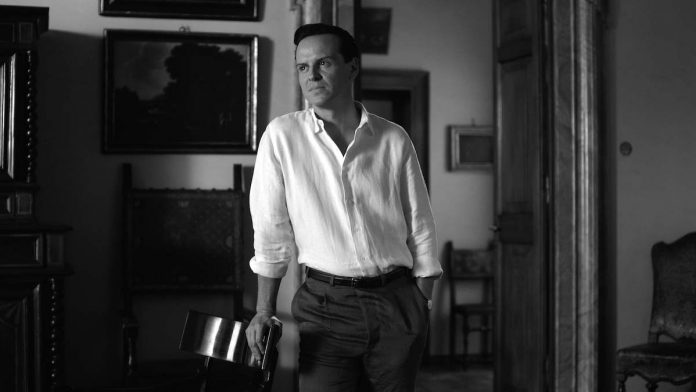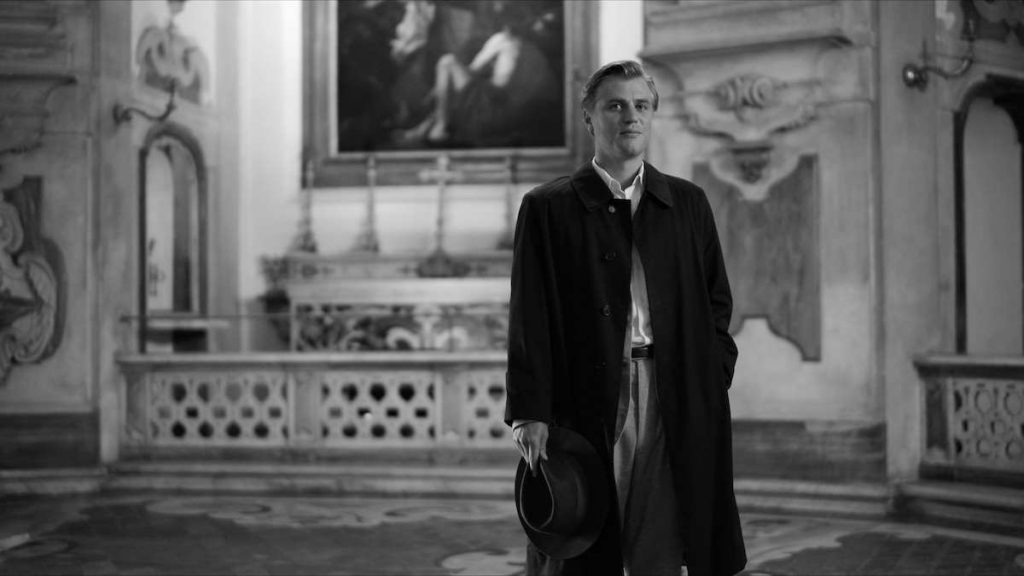In 1960s Italy, where the views are sunny and the draw of wealth and power is strong, a complicated story is told. In the Netflix show “Ripley,” Andrew Scott plays Tom Ripley with mesmerizing depth. Ripley is a character with many levels of mystery. The story starts with his meeting with Dickie Greenleaf, played by Johnny Flynn. It’s about desire, identity, and passion.
From the start, Tom’s job seems clear: he needs to convince Dickie to return to New York to live up to his family obligations. But there is a maze of feelings, motivations, and hidden facts beneath this surface of simplicity. What makes the story so interesting is the question that everyone asks themselves: Is Tom Ripley gay? Does his love for Dickie go beyond admiration for her fancy lifestyle and into the world of romantic attraction?
The truth is a bit complicated. It looks like Tom is most jealous of Dickie’s way of life. Instead of being in love with Dickie, he’s interested in his money and the cool things he has. There are times when Tom and Dickie seem to be in love, but it’s really just Tom wanting what Dickie has without love. The show leaves it open-ended so that fans can decide for themselves how Tom feels.
Throughout the series, Tom’s meetings with Dickie are intense, which makes his friends, especially Marge Sherwood (played by Dakota Fanning) and Freddie Miles, wonder what’s going on. Because they are jealous and scared, they have doubts about Tom’s motives.
Specifically, Marge shares her doubts about Tom’s sexuality, which leads to a confrontation that is tinged with tension. Dickie brings up the subject, which makes Tom brush off the rumors, supposedly denying that he has a love interest in his friend.
But Tom’s character is too complicated to be put into simple categories. In her writing about the mysterious Tom Ripley, Patricia Highsmith said that his interest in Dickie goes beyond normal ideas of love and desire. As a member of the LGBTQ+ community herself, Highsmith gives us insight into Tom’s mind and suggests that his desire isn’t based on his sexuality but on a deep-seated desire for wealth and power.
In fact, Tom’s feelings for Dickie go beyond sexual attraction. They also include a desire for the things in life that he thinks are out of reach for him. His obsession with Dickie’s things—his clothes, his art collection, and the way he lives—shows a greater need to be accepted and included.
Also, Tom’s lack of social skills makes the story even more complicated. He is a master con artist and is very good at lying, but he has a hard time making real bonds with other people. The fact that he can’t handle the complexities of human interactions makes him feel even more alone, which makes the question of his sexuality even harder to answer.
To sum up Tom Ripley in a simple term, like “gay” or “straight,” would be to miss the complexity of his personality. He is hard to put into a single category because he exists in the space between desire and disappointment, between reality and fiction.
People who watch go on a trip into the darkest parts of Tom Ripley’s mind and are met with a story that goes beyond normal expectations and norms. In the sunny landscapes of 1960s Italy, where wealth and luxury seem to shine through, the mystery of Tom Ripley lives on, showing how powerful the human soul is.
Visit tvacute.com again soon for more news, previews, and recaps.
Is “My Atrani” a Real Novel in the Ripley Series?














